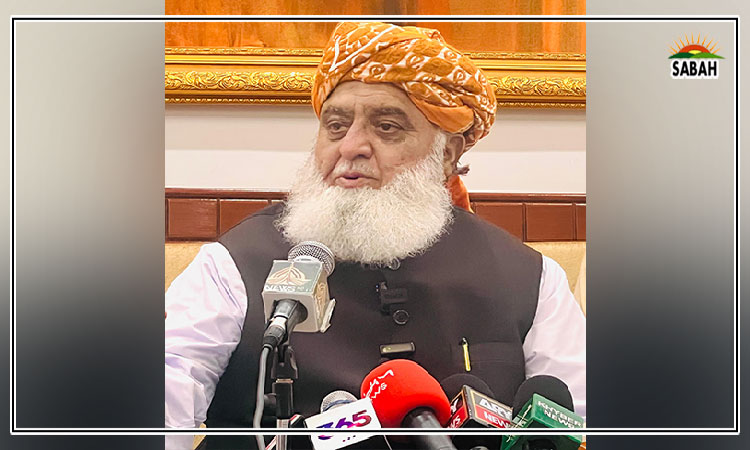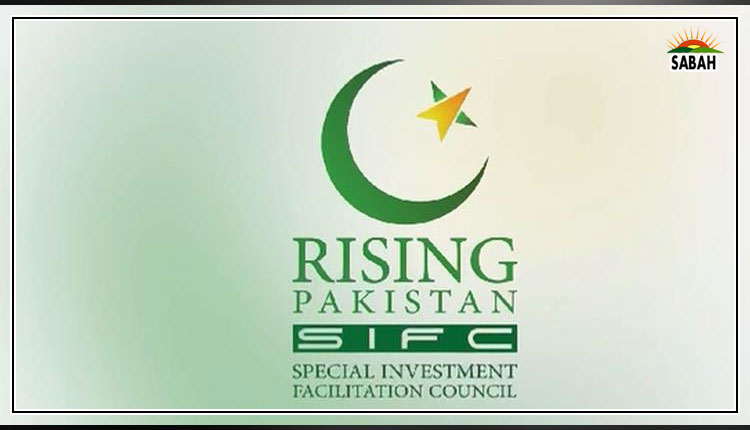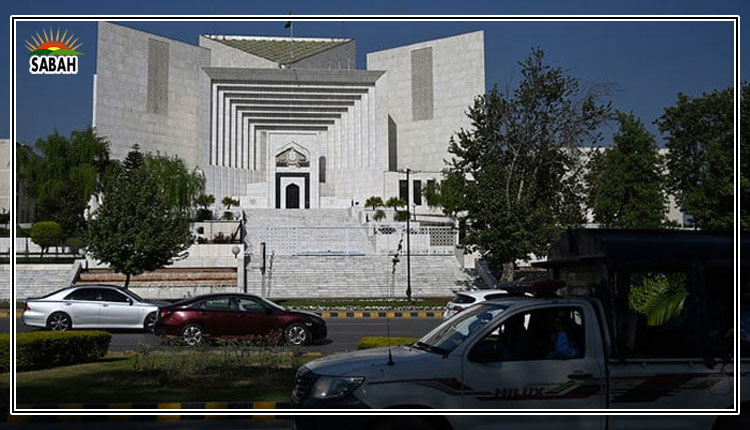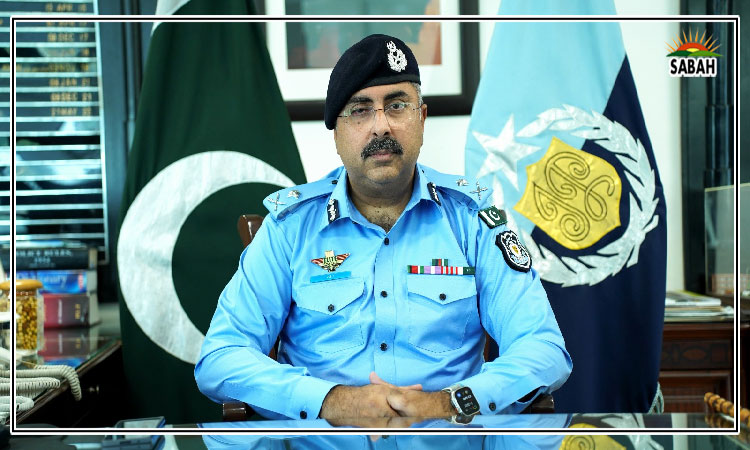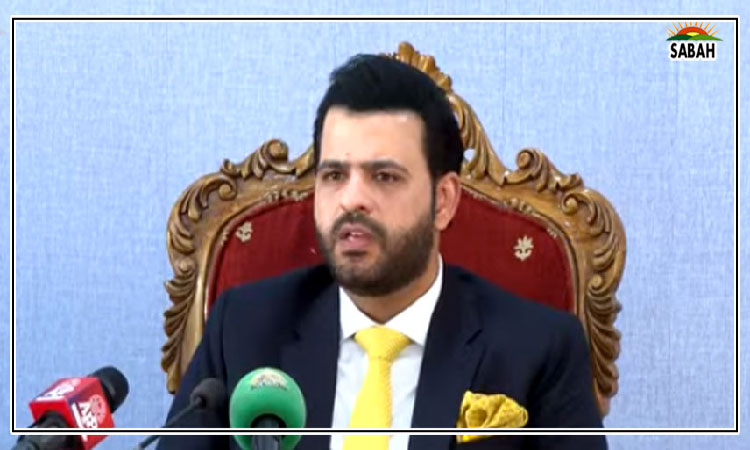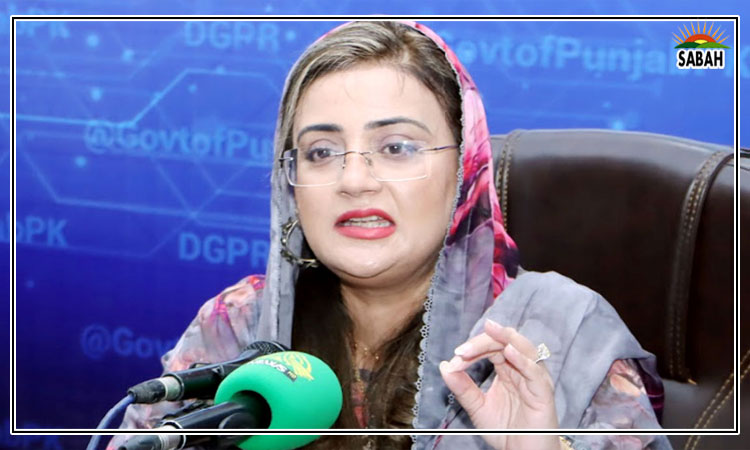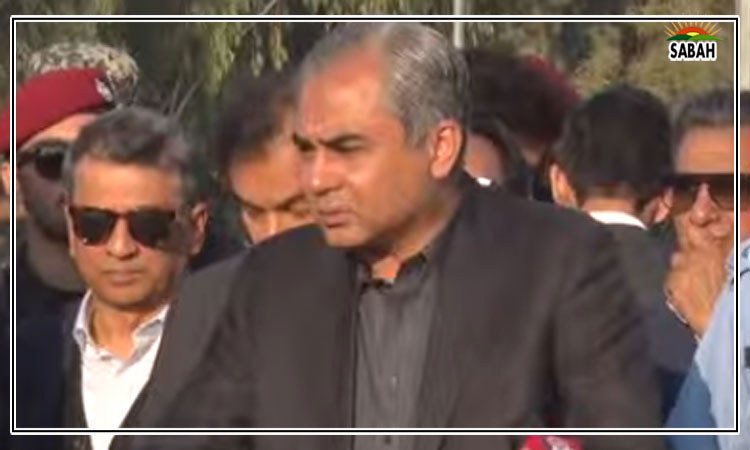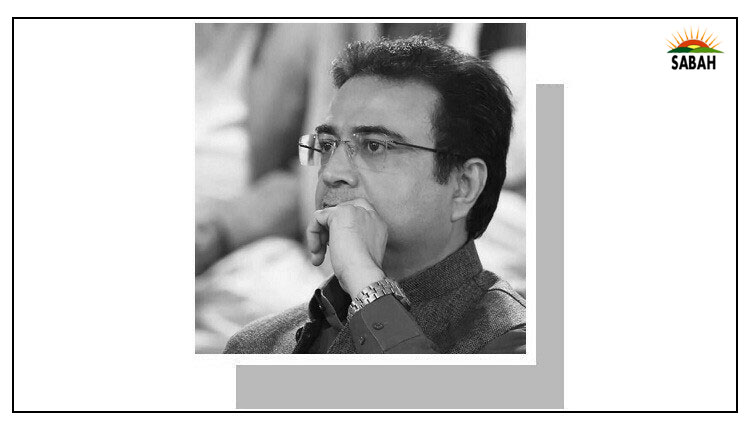Beyond standardisation….Aamir Latif Siddiqui
AROUND three decades back, there was standardised technology for watching movies. The most famous electromechanical devices were the video cassette recorder and the video cassette player. There was only one standardised compact VHS cassette, with quite a few types of tapes for storing movies. During this period, there was no progressive improvement in quality. Eventually, experts de-standardised the technology, and now we enjoy high-definition 3D and 4K movies that anybody can store in Blu Ray disks, DVDs, external and internal hard drives of laptops or desktops, etc, of superior quality.
Pakistan had a standardised education system for around 63 years. It included a standardised scheme of studies, curriculum, textbooks, teacher education, structured instruction, student assessment, school construction, and student uniforms. This stringent standardisation drove us to a standardised thought process and suppressed inquiry. Such education emphasises uniformity and conformity in learning outcomes. It never encourages students to think out of the box or explore unconventional ideas.
Standardised education is the product of a fixed curriculum with predetermined learning targets and timelines. The rigid structure may leave little room for students to explore alternative perspectives or engage in self-directed learning.
Likewise, standardised assessment focuses on the regurgitation of facts and adherence to predetermined explanations, instead of fostering critical thinking. Eventually, students focus more on memorising and replicating information than developing their own ideas. Moreover, a strong emphasis on measurable outcomes, such as grades and standardised test scores, may create a narrow definition of success that primarily values conformity and performance in traditional academic subjects, undervaluing unique talents.
A rigid education structure may leave little room for students to explore alternative perspectives.
Standardised systems need more flexibility regarding the curriculum, teaching methods, content and pace. It can be challenging for educators to individually cater to students unique learning needs; this can lead to stifling creativity. In Pakistan, standardised education in the last 70 years has produced a conformist nation that rarely agitates for its rights.
The 18th Amendment devolved education in 2010 by shifting five core functions to the provinces: education policies, curriculum, education standards, centres of excellence and Islamic education. Later, in 2014, Sindh enacted the Sindh School Education Standards and Curriculum Act, focusing on maintenance of school education standards, supervision of curriculum, textbooks and assessment for improving the quality of education from the early grades to Grade 12. The rules were framed in 2016.
Punjab also progressed in legislation after the passage of the 18th Amendment and enacted the Punjab Curriculum and Textbook Board Act, 2015. The Balochistan Assembly legislated the Balochistan Development and Supervision of Curricula, Textbooks and Maintenance of Standards of Education Act, 2022. KP was the first province to proclaim provincial educational autonomy by passing the Khyber Pakhtunkhwa Supervision of Curricula, Textbooks and Maintenance of Standards of Education Act, 2011.
All the constituent units promulgated legislation for childrens right to free and compulsory education. Instead of supporting provinces to strengthen autonomy and de-standardise education to boost inquiry-based learning, critical thinking and creativity, we tend to roll back autonomy in favour of conventional, standardised education.
We need to develop an education system to promote curiosity, exploration and encourage students to ask questions, investigate and seek answers an education system that is based on problem-based learning. Students work collaboratively and independently to analyse problems, identify key issues, evaluate evidence, consider multiple perspectives, and propose well-reasoned solutions. Our education system, particularly the curriculum, must focus on fostering reflective thinking by encouraging students to examine their thinking processes, biases and assumptions. Learning metacognitive strategies, such as self-assessment and goal setting, and monitoring progress, help students become aware of their thought processes and enhance their critical thinking skills.
Education should enable students to critically evaluate information sources, including differentiating between credible and unreliable sources. We must help them develop skills to analyse data, identify biases, recognise fallacies, and distinguish between opinion and evidence-based arguments.
Given our mediocre research standards, particularly in the public sector, people are hardly aware of research methods and techniques even at the Masters degree level. Therefore, there is a need to incorporate research skills and information literacy into the curriculum. Students should know how to gather and evaluate information from various sources, synthesise data, and present findings logically and coherently. This develops their ability to analyse and interpret information critically.
Also, we should design an education framework to inspire cross-disciplinary connections by integrating concepts and skills from various subjects. This helps students develop a holistic view of knowledge and enhances their ability to think across different domains. We may also design assessments that require students to apply critical thinking skills rather than merely recalling information. Performance tasks, projects, presentations and portfolios allow students to demonstrate their ability to analyse information and apply knowledge to real-world contexts.
Meanwhile, professional development opportunities should be provided to teachers to enhance their understanding of critical thinking pedagogy and instructional strategies. Teachers must be supported in incorporating these strategies into their lessons effectively.
De-standardisation allows for personalised learning experiences tailored to individual student needs and interests. Students can have more control over what they learn, how they learn, and at what pace. This freedom enables them to explore subjects they are passionate about, dive deeper into areas of interest, and approach learning in ways that resonate with their unique learning styles. It encourages the development of diverse learning environments that cater to various learning preferences and styles and allows for the inclusion of multiple teaching methods, alternative assessment strategies, and a broader range of educational resources.
By embracing diversity, creativity is sparked in students who are exposed to different perspectives, ideas, and ways of thinking. Moreover, it helps cultivate a growth mindset, which is essential for nurturing creativity. Students are encouraged to take risks, embrace failure as a learning opportunity, and persist in pursuing knowledge and skills. By cultivating a growth mindset, students become more willing to explore unconventional ideas, think outside the box, and approach challenges with resilience and adaptability.
By acknowledging and empowering individuals, fostering critical thinking and problem-solving skills, nurturing a growth mindset, promoting social responsibility and civic engagement, encouraging collaboration and networking, providing platforms for expression and advocacy, and instilling a lifelong-learning mindset, de-standardised education can contribute to developing individuals who are capable of driving positive and meaningful change in society.
The writer is a social development practitioner.
Tweet: @Aamirls
Courtesy Dawn, July 5th, 2023



